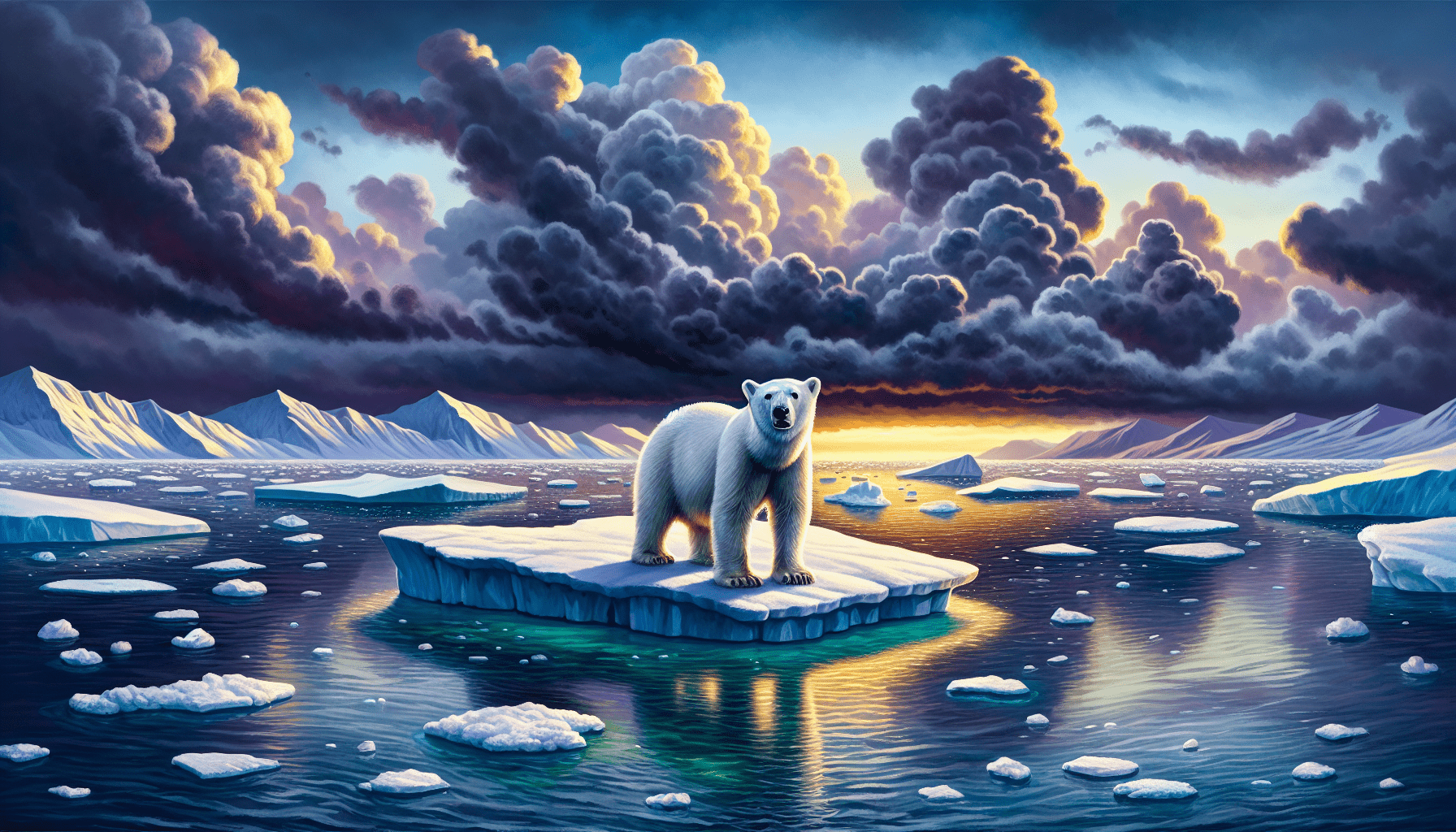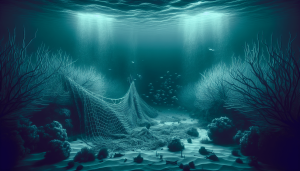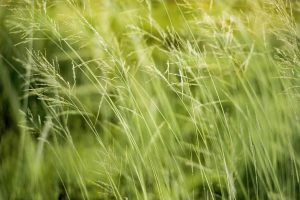Hey everyone, welcome to our insightful journey into understanding how climate change affects wildlife. Our article dives deep into the undeniable impacts that changing climates have on various animal species and their habitats. As we explore this important topic together, we’ll uncover the struggles and adaptations wildlife must endure to survive in a rapidly transforming world. Join us as we discover the ripple effects of climate change and the crucial steps we can take to help protect our planet’s incredible biodiversity. Have you ever wondered how climate change affects wildlife? It’s a question we find ourselves asking more and more frequently as we face the reality of a warming planet. The effects of climate change are widespread, touching every corner of the globe and affecting every species in diverse and sometimes devastating ways. Let’s take a journey to explore these changes and understand what they mean for the creatures with whom we share our planet.
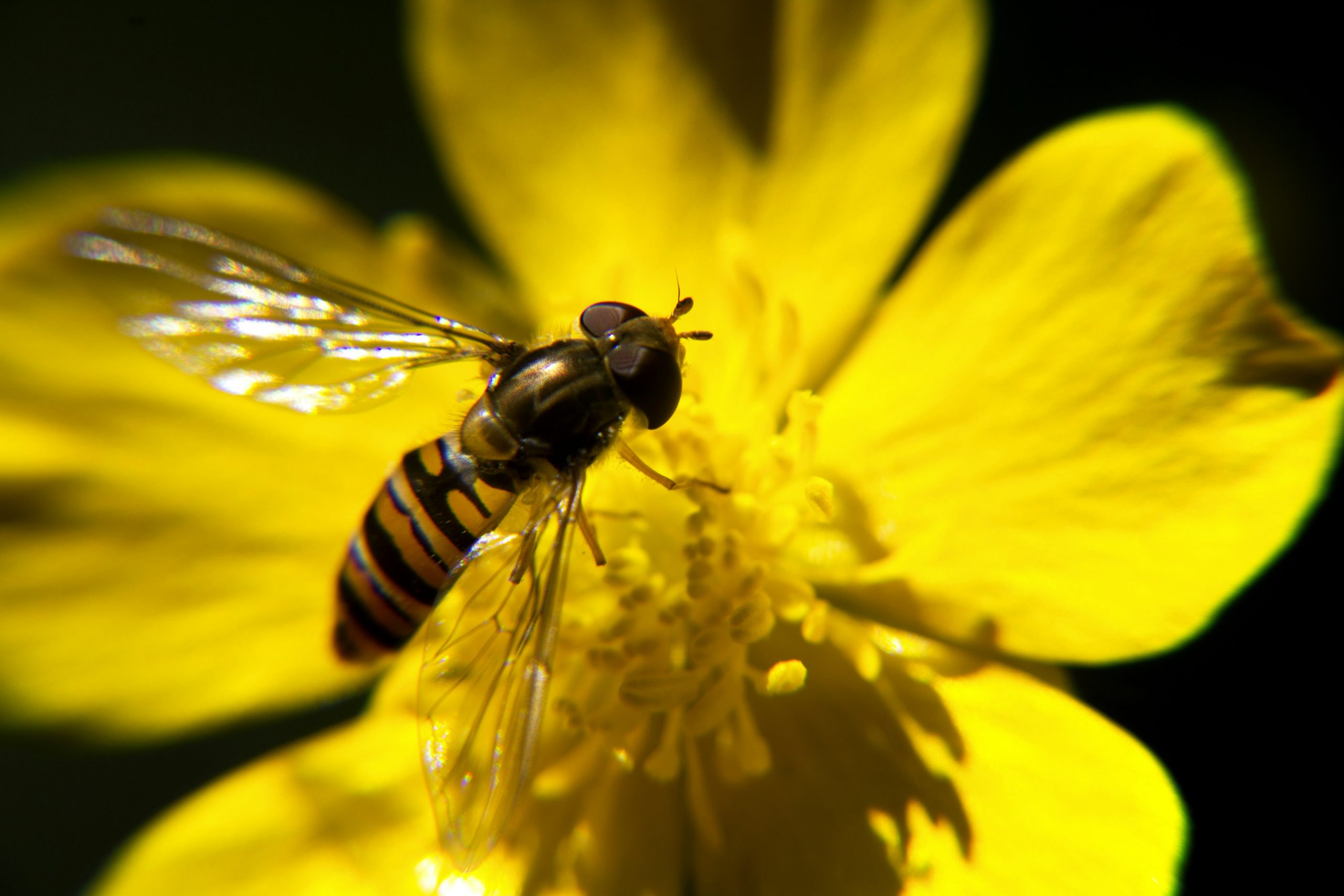
Understanding Climate Change
Before we dive into how climate change impacts wildlife, let’s briefly understand what climate change is and why it’s happening. Simply put, climate change refers to long-term changes in temperature, precipitation, and other atmospheric conditions. Over the past century, human activities have significantly accelerated these changes, primarily due to the burning of fossil fuels, deforestation, and industrial processes.
Major Contributors to Climate Change
We have identified several key contributors to climate change, including:
| Contributor | Description |
|---|---|
| Greenhouse Gas Emissions | Excess emissions from burning fossil fuels (coal, oil, and natural gas) that trap heat in our atmosphere. |
| Deforestation | The large-scale removal of forests, which decreases the Earth’s ability to absorb CO2. |
| Industrial Activities | Manufacturing processes that release significant amounts of CO2 and other pollutants. |
| Agricultural Practices | Methane emissions from livestock and rice paddies, and nitrous oxide from fertilizers. |
| Waste Decomposition | Landfills that release methane as organic waste decomposes. |
These activities increase the concentration of greenhouse gases like carbon dioxide (CO2), methane (CH4), and nitrous oxide (N2O) in the atmosphere, leading to a warming effect commonly known as global warming.
The Impact of Climate Change on Wildlife
Now that we’ve got a handle on what climate change is, let’s delve into how it affects wildlife. Changes in climate influence species in multiple ways, ranging from their physical health to their behavioral patterns, habitat conditions, and survival rates. Climate change creates a ripple effect throughout ecosystems, with sometimes unpredictable consequences.
Physical Health and Physiology
Climate change directly influences the physical health and physiology of numerous species. As global temperatures rise, many species face heat stress, dehydration, and altered metabolic rates.
Example: Coral Bleaching
Coral reefs are particularly sensitive to changes in water temperature. Warmer ocean temperatures can cause coral bleaching, where corals expel the symbiotic algae living in their tissues. This not only affects the corals but also the myriad species relying on them for habitat.
Changes in Behavior
Climate change also affects the behavior of animals, including their migration patterns, breeding seasons, and feeding habits. It can force species to adapt quickly or face extinction.
Example: Bird Migration
Many birds rely on environmental cues for migration. As temperatures fluctuate, these cues can become unreliable, leading to delays in migration or changes in their routes. This disruption affects their breeding seasons and the availability of food.
Habitat Alteration
Climate change causes notable shifts in habitats, from the melting of polar ice caps to the drying up of freshwater sources. Changes in habitat can make it difficult for wildlife to find food, water, and shelter.
Example: Polar Bears
Polar bears depend on sea ice for hunting seals. As Arctic ice melts due to rising global temperatures, polar bears face shrinking habitats and less access to their primary food source, leading to declines in population.
Impact on Marine Life
Oceans cover more than 70% of our planet’s surface and are home to diverse ecosystems. Climate change dramatically affects marine life through warming ocean temperatures, ocean acidification, and rising sea levels.
Warming Ocean Temperatures
As ocean temperatures rise, marine species must adapt, relocate, or face extinction. Warmer waters can disrupt breeding and feeding behaviors, coral reef systems, and the overall health of marine organisms.
| Impact | Description |
|---|---|
| Coral Bleaching | Warmer waters cause corals to expel algae, leading to bleaching and death. |
| Fish Migration | Fish populations move towards cooler waters, affecting local fishing industries. |
| Marine Mammal Health | Heat stress increases illness and decreases reproductive rates in marine mammals. |
Ocean Acidification
The ocean absorbs a significant amount of carbon dioxide from the atmosphere. Increased CO2 levels lead to ocean acidification, which affects calcium carbonate levels in the water, essential for organisms like corals, shellfish, and certain plankton species.
| Organism | Effect of Acidification |
|---|---|
| Corals | Weakened skeletons, reduced growth rates, and increased mortality. |
| Shellfish | Difficulty in forming shells, leading to population declines. |
| Plankton | Impaired growth and reproduction, impacting the food web. |
Impact on Terrestrial Life
Land-based species also face extensive effects due to climate change. Shifts in temperature and precipitation patterns can lead to habitat loss, altered food availability, and increased instances of disease and extreme weather events.
Changes in Vegetation Patterns
Climate change alters plant communities and the distribution of vegetation zones. These changes affect herbivores relying on specific plant species and, consequently, the carnivores that prey on them.
| Impact | Description |
|---|---|
| Forest Composition | Shifts in tree species distribution, impacting the entire forest ecosystem. |
| Grassland Changes | Altered grassland dynamics affect grazing animals and their predators. |
| Alpine Zones | Warming temperatures push alpine species to higher elevations, reducing their range. |
Extreme Weather Events
The increase in frequency and intensity of extreme weather events, such as hurricanes, droughts, and wildfires, represents another facet of climate change’s impact on wildlife. These events can cause immediate destruction and long-term detrimental effects on habitats and species.
| Event | Wildlife Impact |
|---|---|
| Hurricanes | Destruction of habitats and direct harm to coastal and marine species. |
| Droughts | Water scarcity and increased competition for resources. |
| Wildfires | Loss of habitat, food sources, and direct harm to terrestrial species. |
The Cascade Effect
One of the critical aspects to consider is the cascade effect climate change has within ecosystems. When key species are affected, it can trigger a domino effect, influencing many other species and the overall health of the ecosystem.
Keystone Species
Keystone species play a crucial role in maintaining the structure of an ecosystem. When climate change adversely affects these species, it can have far-reaching consequences for other organisms in the ecosystem.
Example: Sea Otters and Kelp Forests
Sea otters control sea urchin populations, which, if left unchecked, can decimate kelp forests. As climate change affects sea otters, through changes in water temperature or availability of prey, this can lead to the decline of kelp forests and the myriad species that depend on them.
Trophic Cascades
Climate change can alter food webs through trophic cascades, where changes at one trophic level influence species at other levels. These can be bottom-up effects (changes in primary producers) or top-down effects (changes in top predators).
Example: Arctic Food Web
In the Arctic, polar bears are top predators. As their numbers decline due to melting ice, this can lead to an overpopulation of their prey species, which in turn affects vegetation and smaller animal populations, rippling throughout the ecosystem.
Resistance and Resilience
Despite the numerous challenges presented by climate change, it’s essential to recognize wildlife’s resilience. Many species adapt through physiological, behavioral, or genetic changes. However, the pace and extent of current climate change often outstrip these natural adaptation processes.
Adaptation Strategies
Species employ various strategies to cope with changing environments. These adaptations can be short-term behavioral changes or long-term evolutionary shifts.
| Strategy | Description |
|---|---|
| Behavioral Changes | Changes in feeding, mating, or migration patterns to cope with new conditions. |
| Physiological Adaptations | Alterations in body functions or structures to endure new climates. |
| Genetic Evolution | Changes in gene frequencies over generations leading to better survival traits. |
Example: Phenotypic Plasticity
Some species exhibit phenotypic plasticity, the ability to alter their physiology or behavior in response to environmental changes without genetic change. For example, certain reptiles may change their nesting behaviors to ensure their eggs incubate at optimal temperatures.
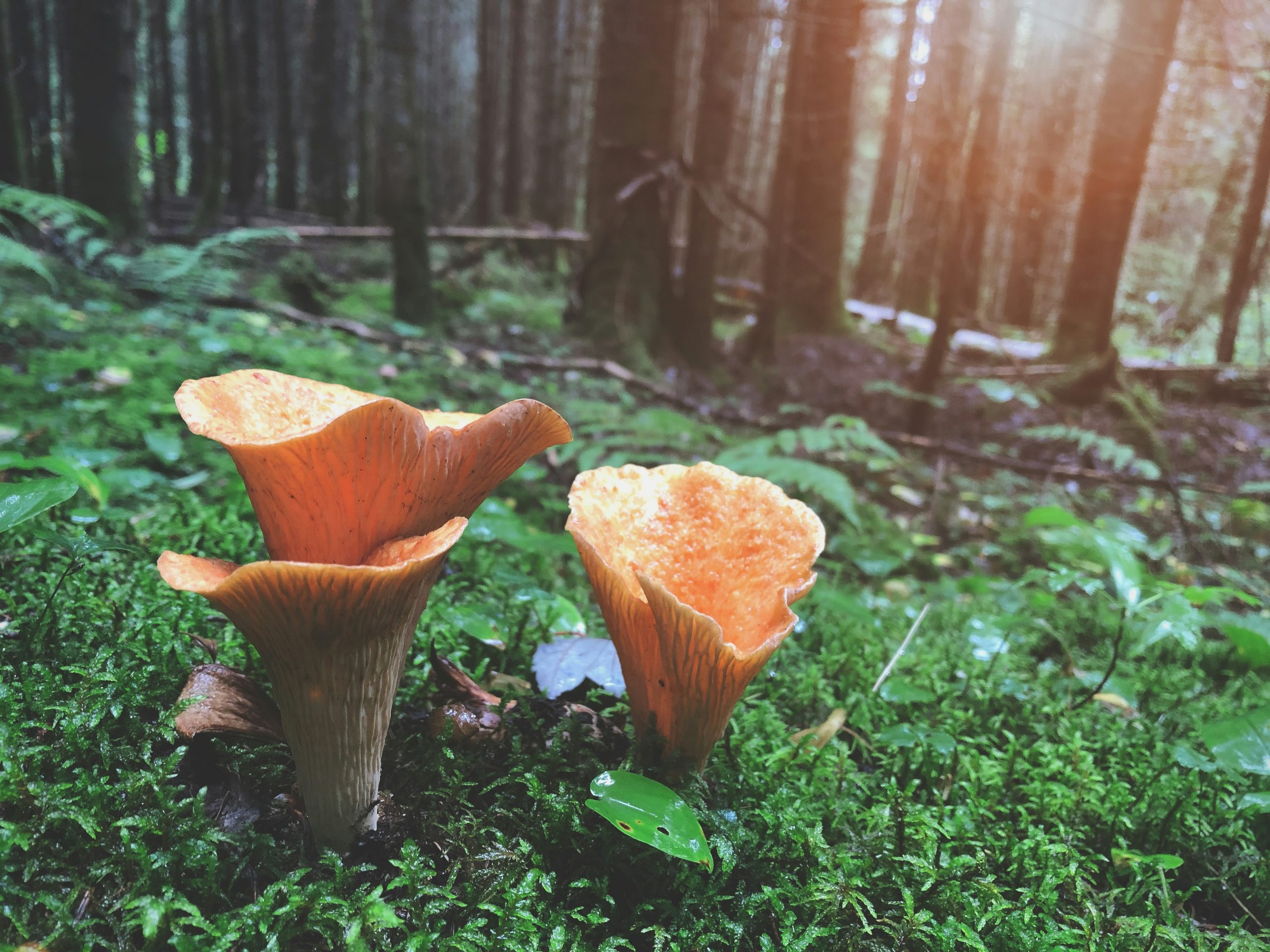
Conservation Efforts
Recognizing the gravity of the situation, various conservation efforts are underway to help wildlife adapt to and mitigate the effects of climate change.
Protected Areas
Establishing protected areas can provide refuges for species and help maintain biodiversity. These areas act as sanctuaries where habitats are preserved, and human activities are restricted.
Example: Marine Protected Areas
Marine Protected Areas (MPAs) help safeguard critical ocean habitats, from coral reefs to breeding grounds for marine mammals, ensuring these ecosystems can continue to support diverse marine life.
Restoration Projects
Restoration projects aim to rebuild degraded habitats, providing better conditions for wildlife to thrive. These efforts can include reforesting areas, repairing wetlands, and rehabilitating coral reefs.
Example: Wetland Restoration
Wetlands are vital ecosystems that support numerous species. Restoration projects focus on reviving these habitats by reintroducing native plants, constructing water channels, and managing invasive species.
Climate Corridors
Creating climate corridors, or pathways that allow species to migrate to more suitable habitats as conditions change, is another critical strategy. These corridors connect fragmented habitats, providing safe passages for wildlife.
Example: Wildlife Overpasses
In some regions, wildlife overpasses or underpasses are constructed over highways to allow safe migration for terrestrial animals, ensuring their movement isn’t hindered by human infrastructure.
Our Role in Mitigation
While wildlife demonstrates remarkable resilience, it’s crucial for us to play an active role in mitigating climate change. By reducing our carbon footprint and supporting conservation initiatives, we can help protect the diverse species that share our planet.
Reducing Carbon Footprint
Here are some ways we can decrease our carbon footprint:
| Action | Description |
|---|---|
| Energy Efficiency | Using energy-efficient appliances and reducing energy consumption at home and work. |
| Renewable Energy | Supporting and utilizing renewable energy sources like solar and wind power. |
| Sustainable Transport | Using public transport, cycling, walking, or driving fuel-efficient vehicles. |
| Waste Reduction | Reducing, reusing, and recycling to minimize waste and landfill emissions. |
Supporting Conservation Efforts
Getting involved in or supporting conservation organizations and projects helps amplify efforts to protect wildlife and their habitats. Volunteering time, donating resources, or advocating for policy changes can make a tangible difference.
Example: Citizen Science
Citizen science programs engage the public in scientific research and conservation efforts. Participating in projects like bird counts, wildlife monitoring, and habitat cleanups contributes valuable data and supports larger conservation goals.
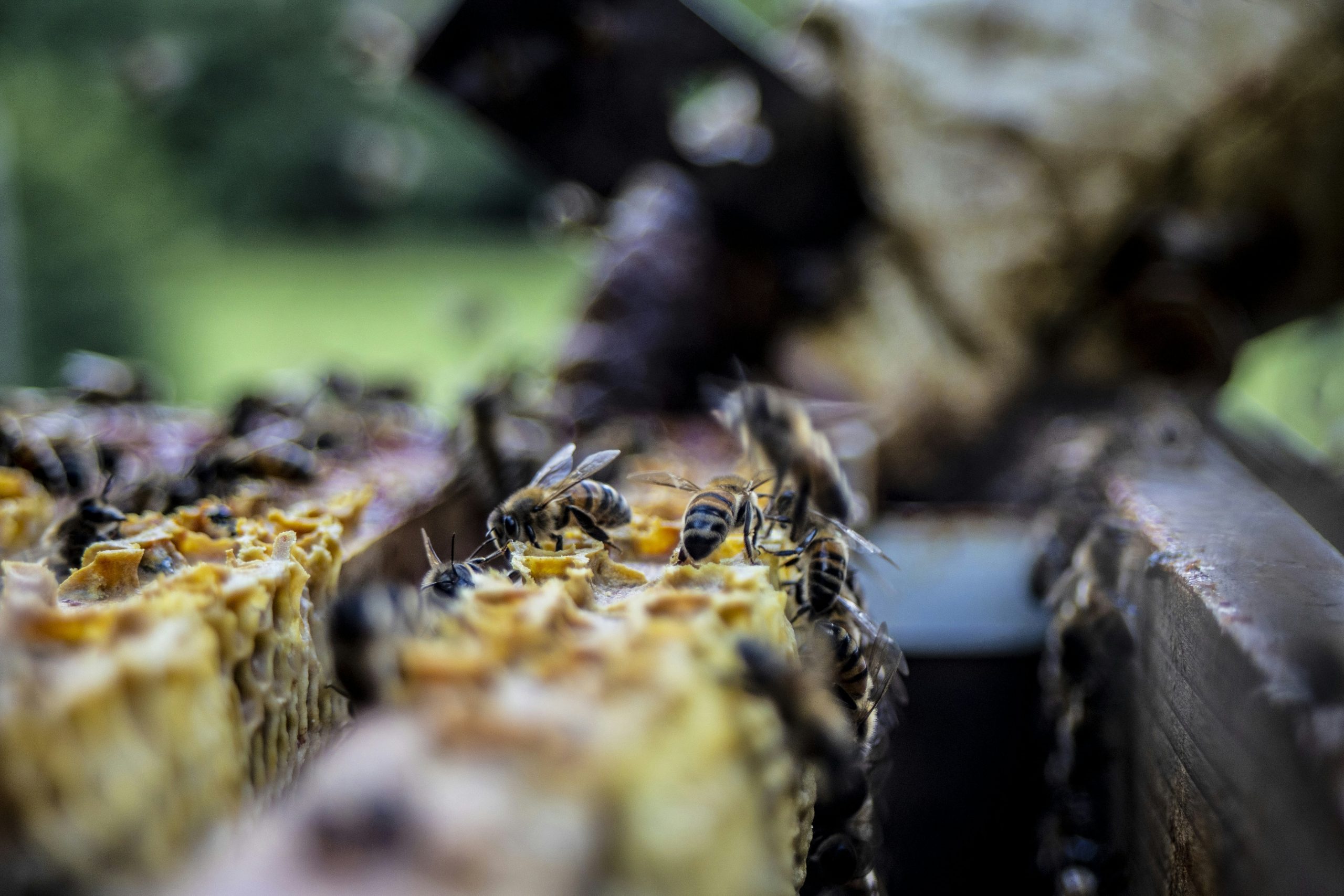
Conclusion
In conclusion, climate change exerts a profound influence on wildlife, from physical health and behaviors to habitats and ecosystem dynamics. The cascading effects of these changes highlight the interconnectivity of life on Earth. As we continue to observe and understand these impacts, it’s vital to take active steps to mitigate climate change and support conservation efforts. Together, we can help ensure a sustainable future for the diverse species with whom we share our planet. By fostering a deeper understanding and taking concerted actions, we can contribute to the resilience and survival of wildlife in the face of a changing climate.
So, next time you ponder how climate change affects wildlife, remember that each of us has a role to play in making a difference. Let’s make conscious choices today for a thriving, diverse world tomorrow.

